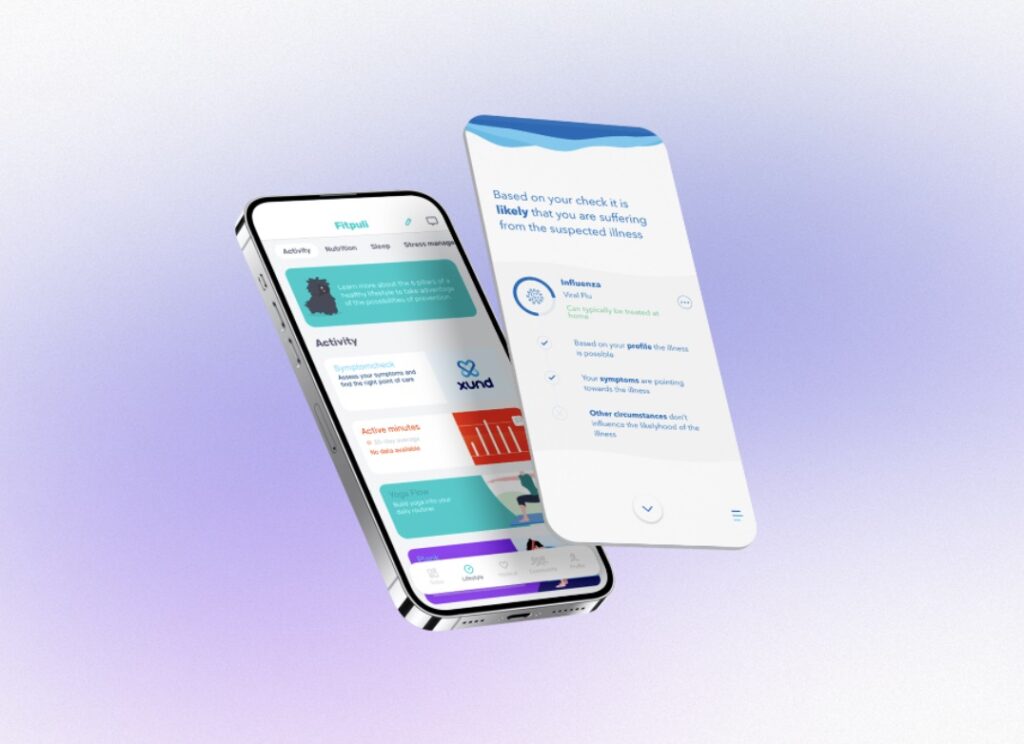Wound Healing: These are the Four Stages
The process of wound healing has four phases, no matter if you have a tiny cut, a scratch, or an enormous scrape. After surgery, a surgical wound might develop too. Luckily, our immune system is complex enough to heal these injuries. A proper healing process includes
- The prevention of further blood loss
- Destroying bacterias and fighting the infection
- Healing and skin-repairing
- Maintaining and strengthening
Each stage is inevitable in the healing process.
Stages of wound healing
The phases of wound healing are Hemostasis, Inflammatory, Proliferative, and Maturation.
1. Hemostasis phase (stopping blood loss)
The first stage of wound healing is Hemostasis that begins right after your skin got injured. Any injury that creates an opening on the skin is considered as a wound that has to start healing right on time. The objective of Hemostasis is to stop the bleeding.
The process explained:
This stage only lasts 5-10 minutes. By this time, your body will slow down the bleeding through vasoconstriction. When this happens, blood begins to clot and forms a block that prevents you from blood loss. As vasoconstriction occurs, platelets contact with collagen and thrombin (which is an enzyme) helps create a fibrin mesh that strengthens these platelets into a blood clot.
2. Inflammation phase (fighting the bacterias)
The inflammatory phase still prevents our body from blood loss, but it also serves another purpose: cleaning and repairing. After your wound is not bleeding anymore, your body can focus on destroying bacterias. This phase lasts for 4-6 days.
The process explained:
Neutrophils are cells that secrete chemicals and kill bacterias. After that, bacterias are replaced with macrophages, a large phagocytic cell found in stationary form in the tissues or as a mobile white blood cell, especially at sites of infection. Macrophages are essential in wound healing: they produce growth factors to facilitate tissue repair.
Possible side effects:
Edema, red and warm skin, pain
3. Proliferative phase (rebuilding and growing)
After cleaning the wound in the inflammation phase, you need new tissues to rebuild your skin. The proliferative phase fills and covers (thus, close) the open wound with the contraction of wound edges. This phase lasts from 4 up to 21 days.
The process explained:
During the contraction of wound margins, epithelial cells arise from the wound bed and cover the wound’s surface. Fibroblast (a type of biological cell that synthesizes the extracellular matrix and collagen, produces the structural framework/stroma for tissues) has a key role in wound rebuilding. This cell is an oxygen-rich red blood cell that creates the new tissue with collagen.
At the end of this stage, a freshly developed red scar will emerge.
4. Maturation (strengthening the skin)
This phase is also called the remodeling phase. The fresh wound has to disappear: while the new tissues gain flexibility and maintain strength, the wound will slowly become more and more invisible, fading into our skin. This can last from a couple of weeks to even 2 years.
The process explained:
Maturation is complex, this is the longest phase of wound healing. The ongoing collagen synthesis continuously strengthening your tissues, with fibers being reorganized. You have to pay attention to your wound: re-injured wounds heal less effectively than an undisturbed healing process.

How long is the wound healing process?
Healing to 100% takes at least a month. Summarized, Hemostasis only takes 5-10 minutes, Inflammation 4-6 days, Proliferative phase 6-21 days, and Maturation 21+ days. You have to wait patiently for your wound to heal properly. Don’t scrape your wound while it’s healing.
In some cases, cuts heal faster than bites or scratches. How long does a cut take to heal? If it’s like a small papercut, it can heal in one week, but it’s more likely to take 2-3 weeks in average.
How to heal wounds faster?
Treating your wounds properly can help you heal faster. The wound cleans itself too, but you can help with the prevention of infections. Use the correct tools and maintain a sterile environment before you touch and clean your wound.
You can use ointments and cover the open wounds with a bandage that you refresh every day. We have some other tips that can help your recovery:
- Stay on a healthy diet
- Drink a lot of water, stay hydrated
- Rest
- Avoid physical contact and heavy lifting
Lifting heavy objects increases the blood pressure, and your wound can start bleeding again. Don’t fasten up your blood supply.
Infected wound: when to find a doctor?
You have to visit the doctor urgently if the bleeding doesn’t stop even after 15 minutes. You also have to seek medical attention if an object is in your wound or an animal bit you.
The signs of wound infection are much more visible than the symptoms of wound healing. While wound healing lasts for weeks or months, the signs of an infection can appear rapidly:
- Redness
- Pain
- Hot touch
- Pus
- Swelling
If the pain isn’t reducing but the opposite: you feel deeper pain day after day, you should also call your doctor.
Based entirely on scientific evidence, our digital employee wellness programme has been created for companies looking to win big.
Puli Start
Fitpuli
Improve employee health awareness and productivity, cut illness-related costs
- Fitpuli application
- Team challenges
- Professional attitude test
Puli Plus
Fitpuli + Occupational health
(Currently only available in Hungary)
Combine our digital wellness programme with occupational health services for efficient prevention and increased savings
- Fitpuli application
- Professional attitude test
- Occupational health services
Puli Care
Fitpuli + Insurance
(Currently only available in Hungary)
Improve employee health awareness and cut illness-related costs by offering company health insurance plans and first-class healthcare to your employees.
- Fitpuli application
- Professional attitude test
- Health insurance
Puli Pro
Fitpuli + Occupational health + Insurance
(Currently only available in Hungary)
Choose our most complex and comprehensive health improvement, protection and services solution: combine the digital wellness programme with occupational health services and advanced health insurance plans
- Fitpuli application
- Professional attitude test
- Team challenges
- Occupational health services
- Health insurance
| Module | Puli Start | Puli Plus | Puli Care | Puli Pro |
| Medical |  |
 |
 |
 |
| Lifestyle |  |
 |
 |
 |
| Individual challenges |  |
 |
 |
 |
| Team challenges |  |
 |
 |
 |
| Professional attitude test |  |
 |
 |
 |
| Occupational health services |  |
 |
 |
 |
| Health insurance and medical care |  |
 |
 |
 |
| Medical care |  |
 |
 |
 |
| Appointments |  |
 |
 |
 |
What's included?
| Module | Puli Start | Puli Plus | Puli Care | Puli Pro |
| Medical |  |
 |
 |
 |
| Lifestyle |  |
 |
 |
 |
| Individual challenges |  |
 |
 |
 |
| Team challenges |  |
 |
 |
 |
| Professional attitude test |  |
 |
 |
 |
| Occupational health services |  |
 |
 |
 |
| Health insurance and medical care |  |
 |
 |
 |
| Medical care |  |
 |
 |
 |
| Appointments |  |
 |
 |
 |
Stay in the know
Sign up for our newsletter and never miss another update on digital health care, employee wellness programmes and all things health! Powered by Fitpuli’s health experts.

 Back to the list
Back to the list


